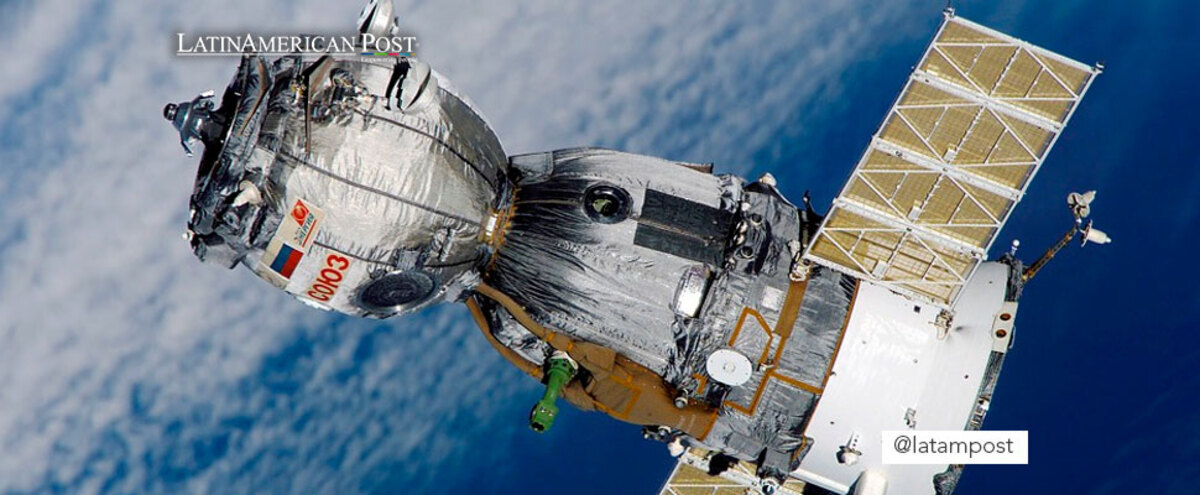Satellite Technology, a Weapon Against Methane Gas Emissions
Given the Risk that the Large Amounts of CH4 Represent in the Environmental Balance of the Planet, Satellite Technology has Proven to be an Excellent Ally to Monitor the Emissions of this Gas.

Photo: Pixabay
LatinAmerican Post | Joshua Radesca
Listen to this article
Leer en español: Tecnología satelital, un arma contra las emisiones de gas metano
Global warming is an issue of importance to all of humanity. There are not a few governments, institutions and individuals aware of the need to create strategies and technologies to deal with the various pollutants that put the world's environmental destiny at stake.
When talking about climate change, an important factor to take into account is methane gas (CH4) emissions. This is a powerful greenhouse gas. The global warming potential of methane is 28 times stronger than carbon dioxide (CO2).
Experts estimate that methane could be responsible for between 14% and 17% of the planet's greenhouse gas emissions, which is why more than 100 countries have signed the Global Methane Pledge, presented at the 2021 United Nations Climate Change Conference. In this agreement, member states commit to working collectively to reduce CH4 emissions by at least 30% by the end of the decade.
“Methane is emitted during the production and transportation of coal, natural gas, and oil. Gas emissions also result from ranching and other agricultural practices and from the decomposition of organic waste in municipal solid waste landfills and certain wastewater treatment systems," the institutional portal globalmethane.org indicates in a statement.
Against this background, monitoring methane emissions worldwide, especially leaks in the oil and gas sector, is a very important step in the fight against climate change.
Satellites and monitoring of methane emissions
In recent years, satellites have been an excellent technological ally for monitoring CH4 emissions. Several initiatives have been carried out in this area. For example, the Japanese Aerospace Exploration Agency (JAXA) launched the “Ibuki” greenhouse gas observation satellite in 2009; GHGSat, a Quebec company, owns several satellites with sensors for CH4 and the European Space Agency and its partners launched the Tropomi satellite.
Currently, through the use of satellite technology, methane gas leaks can be identified and quantified in a large part of the planet and in a few days. This allows us to have a more accurate vision of the real production of this compound, the places where it is most emitted and the corrective measures that governments and companies could use to reduce these emissions.
Traditionally, remote sensing from aircraft, drones, or surface equipment was used to measure CH4 emissions. However, these have the drawback that they are only able to recognize emissions in not very large areas and generally for short periods of time. For their part, satellites have the ability to provide much broader and more continuous monitoring that can detect large methane leaks.
The help of satellite information
As a study published in the scientific journal "Environmental Science & Technology" indicates, these satellites have not only made it easier to know various data on CH4 emissions over the last decades, but also the crossing of information provided by them has made it possible to carry out discoveries such as the one off the west coast of Turkmenistan, one of the largest emitters in the world, where the point origin of an immense production of methane was verified. The article concludes that these identified emissions come mainly from gas flares that remain off and vent large amounts of methane. Likewise, emissions originating from pipe leaks have been recognized.
In short, the use of satellite information has made it possible to take a step forward in the fight against climate change. This type of technology is a new and effective tool that allows us to broaden our understanding of the impact of certain activities on the planet's environment. This understanding is accompanied by the idea of taking action to correct and prevent the negative effect of human activity on the environment.





